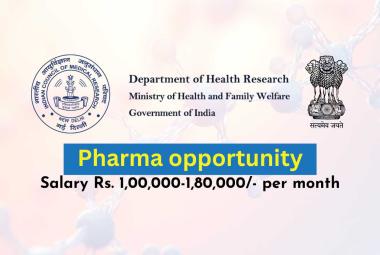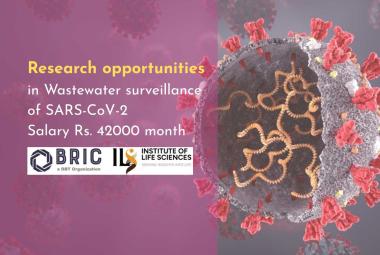SNAKE BITE ITS FIRST AID & ANTI SNAKE VENOM (ASV): DETAILS GUIDELINES
{ DOWNLOAD AS PDF }
 ABOUT AUTHOR:
ABOUT AUTHOR:
Amitava Sinha Ray
B.Pharmacy, DPM
RANBAXY LABORATORIES LTD.
West Bengal, India
a.amitava.s@gmail.com
ABSTRACT:
Snakebite is an injury caused by a bite from a snake. It can be dangerous and life threatening if the snake will venomous. India is the top country having the highest no. of death due to snake bite. Some specific venomous snake is responsible for this death. Till now people are not serious about that. Most of the people don’t know just the first aid of snake bite. After a snake bite most village people are going to unqualified person and quacks for treatment not to hospital, this is one of the most serious causes of death. People should be aware about the sign and symptoms of snake bite and at least the first aid treatment of snakebite. In this type of emergency victim should be admit to nearest hospital and Anti Snake Venom (ASV) is very much necessary to save the patient life.









